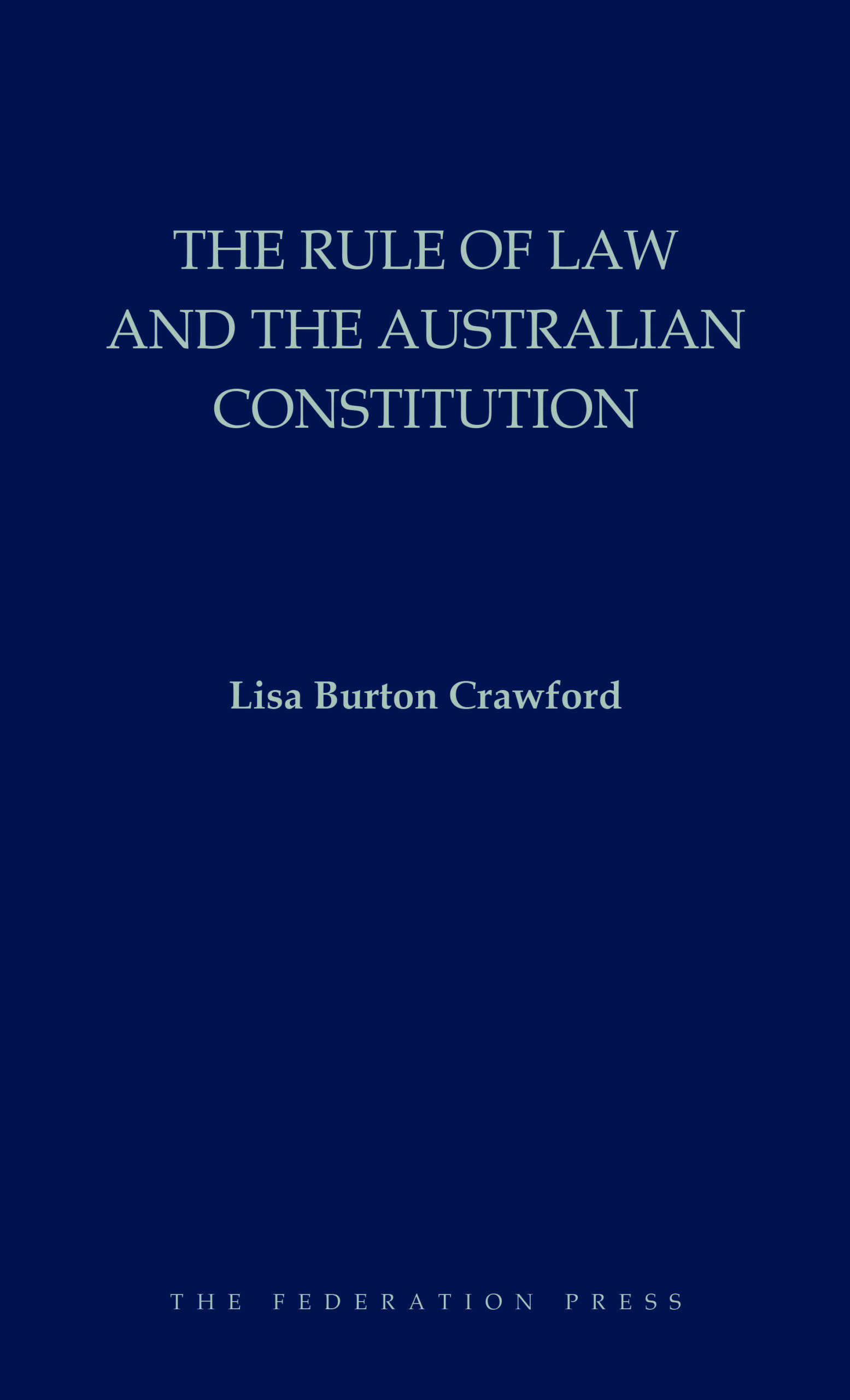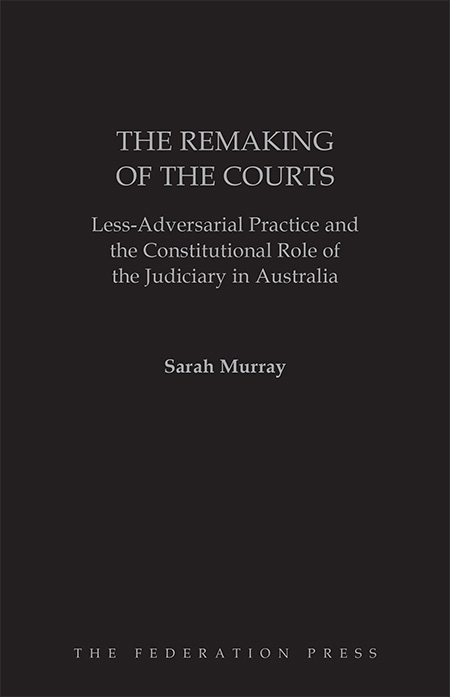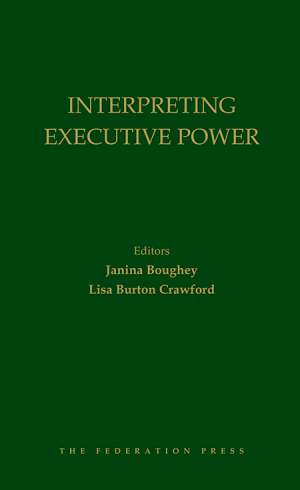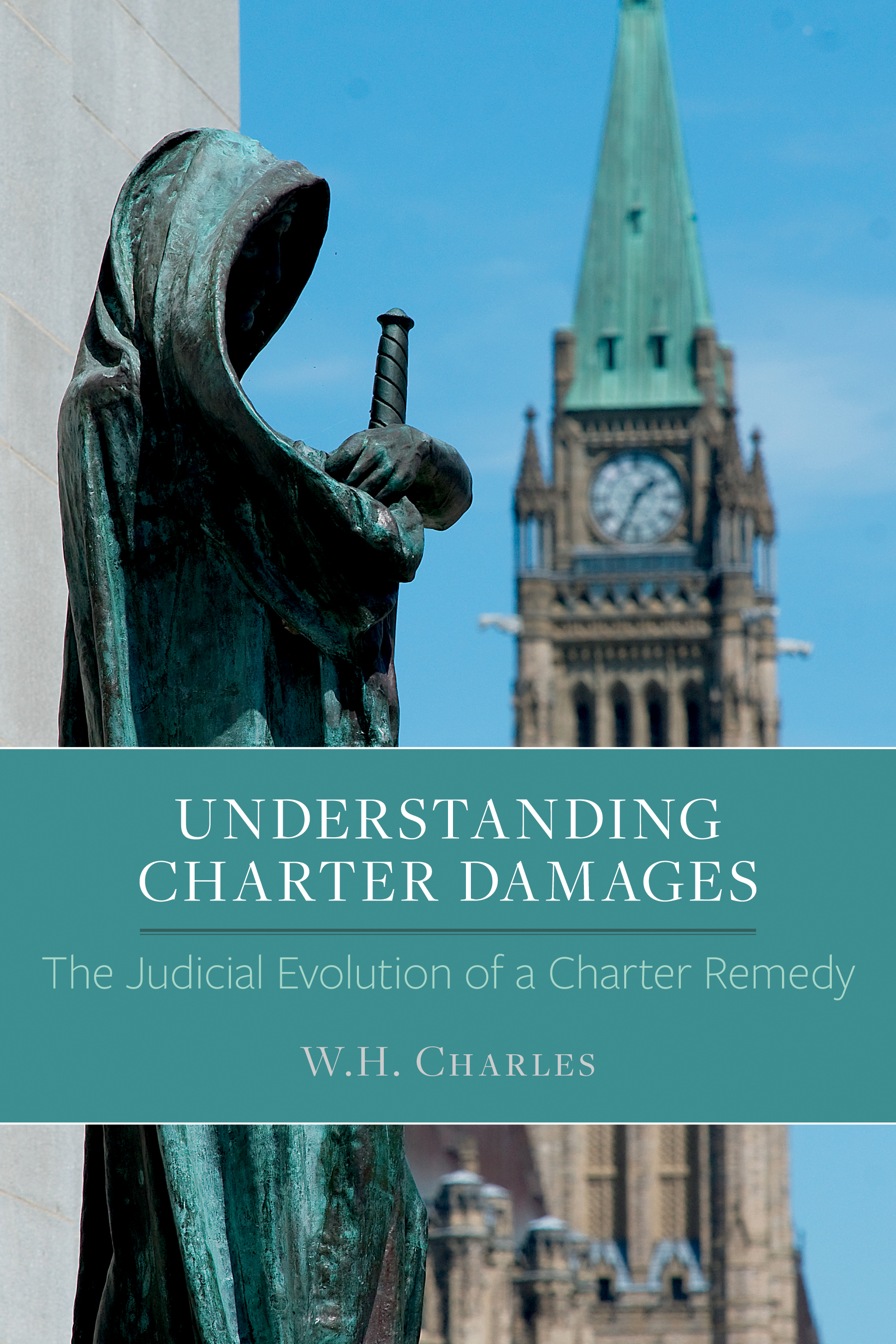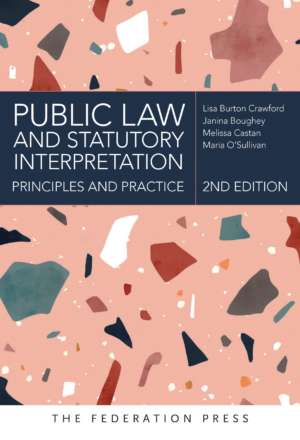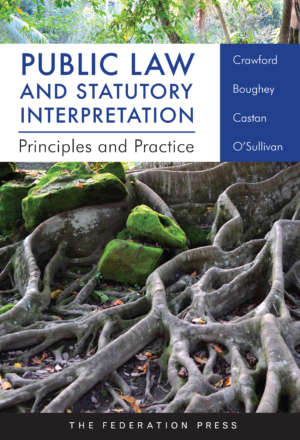Product Description
* The Rule of Law and the Australian Constitution, has been cited with approval and discussed by Edelman J in Graham v Minister for Immigration and Border Protection, handed down by the High Court today (at [106] at [175])
The rule of law is one of the most cherished political ideals in the modern world. Even though we disagree about what the rule of law means, we all seem to agree that it is a worthy goal, to which any good legal system should aspire. Yet, some argue that this is not enough; that the rule of law is too important to be left in the realm of politics, and must be protected by legal means.
References to the rule of law now appear, with apparently increasing frequency, in case law from across the common law world. In some countries, it has been claimed that the government can never validly act in a way that is contrary to the rule of law. The position in Australia remains unclear. There is no mention of the rule of law in our constitutional text – but in the Communist Party Case, Dixon J said that the rule of law ‘forms an assumption’ of the Australian Constitution. This statement has often been repeated, but never properly analysed.
Taking Dixon J’s statement as its starting point, this book examines the extent to which the rule of law is protected and promoted by the Australian Constitution – indeed, how the complex and contested concept of the rule of law should be understood within the Australian constitutional order.
This wide-ranging and engaging book combines theoretical analysis of the concept of the rule of law and constitutionalism with doctrinal analysis of the case law of the Australian High Court. It examines the nature and limits of legislative, executive and judicial power, and so should appeal to constitutional and administrative lawyers, scholars and practitioners. The book adds an Australian voice to global debates and a novel perspective on that enduring question of how to create ‘a government of laws rather than of men’.

